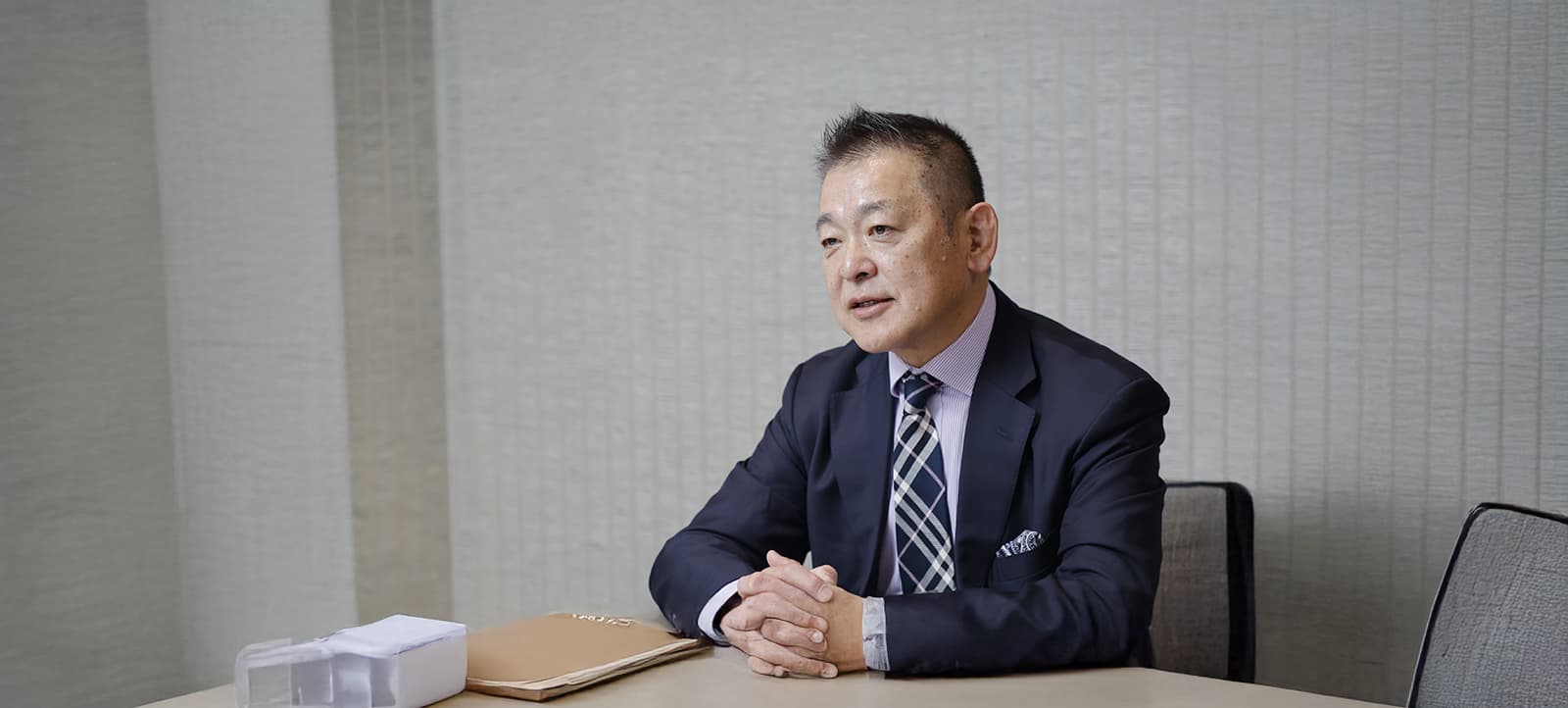My History
While I now serve as the director of a sports clinic, my original dream—up until high school—was to become a schoolteacher. My father was a junior high school teacher, and I aspired to follow in his footsteps, aiming to teach mathematics. The turning point came during a parent-teacher meeting in my senior year of high school. Out of the blue, my mother asked my teacher whether it was possible for me to become a doctor. The teacher responded that, with enough effort, it could be within reach—and just like that, my path shifted. Looking back, I’m deeply grateful for that moment. In many ways, our clinic now carries an educational mission of its own, as we work closely with children and support their growth.
When we opened in June 2005, our clinic was founded as a sports rehabilitation center focused on children involved in athletics. From diagnosis and surgery to medical and athletic rehabilitation, we provide integrated, end-to-end care. This comprehensive model defines who we are. What makes this possible is the expertise of professionals from multiple fields—doctors, judo therapists, physical therapists, and athletic trainers—working in close collaboration to provide holistic support for every child.
The reason I opened the clinic was to pursue and express what I truly believed in. At the time, some people warned me that I should follow the conventional medical reimbursement model—focusing on prescriptions or injections—and said that specializing in sports medicine wouldn’t be financially viable. But I knew there were children out there who genuinely needed help. In the beginning, my vision wasn’t widely understood, but I had a firm conviction: we could create a clinic that would truly serve those in need. By holding fast to that belief and relentlessly pursuing our ideals, we’ve built the clinic we have today.
The Present
Injuries generally fall into two categories: acute and chronic. Acute injuries include fractures, sprains, and muscle strains. Chronic injuries, on the other hand, result from repetitive movements over time. For example, when a child sprains their ankle, the issue may not lie only in the ankle itself—it could also stem from poor overall body balance or improper movement patterns. That’s why we take a whole-body approach to treatment, one we refer to as “total care.” To prevent recurring injuries, we follow a core principle: treatment should also serve as prevention. Chronic injuries may appear to be a matter of how often or how much a certain movement is repeated, but in fact, addressing the quality of each individual movement can also serve as a form of prevention. In this way, while the treatment methods for acute and chronic injuries may differ, the goal is the same—to help patients recover and prevent future injuries.
To support this full-body approach, we’ve established the PFCC (Play Field Conditioning Center), a space designed for children to move freely and naturally. Building a body that is less prone to injury starts with improving whole-body movement—and that requires a space where those movements can be observed and assessed. That’s the purpose of the PFCC. Here, children actively move their bodies while I, along with our physical therapists and athletic trainers, carefully evaluate their movement patterns and collaborate to identify issues and determine the best path forward. This is how we provide truly integrated and individualized support.
One of our clinic’s core philosophies is to support the development of children through sports—within the realm of healthcare. Children may come to us because of an injury, but we see that moment as a valuable opportunity for growth and transformation. By encouraging them to reflect on why the injury happened, we help them take the first step toward building a stronger, more resilient body. When a child begins to understand how to use their body properly and takes that knowledge into action, that, to me, is the most meaningful outcome we can achieve.
For the Future
Our clinic’s mission is to bring happiness to as many struggling athletes as possible — helping them regain their energy and their smiles, and sharing in that joy as a unified team. With a multidisciplinary staff, we hope each team member can take pride and find purpose in the care they provide. While medical direction used to be dictated solely by doctors, I now encourage every professional to express their own clinical perspective. We share a common vision, but I want each specialist to use their unique strengths to deliver even better support—especially to the children we serve.
In 2025, we celebrated the 20th anniversary of our clinic. With a solid foundation in place to provide total care, we’ll continue to focus on treatment and support for children. Looking ahead, we also hope to help more people achieve their personal goals — whether it’s climbing a mountain or returning to a sport they once loved, like tennis. We aim to build a community where those aspirations can be realized.
Ultimately, I would be honored if our clinic’s philosophy could inspire others and help raise the overall standard of healthcare in Japan. By promoting prevention over dependence on medication, we can contribute not only to reducing healthcare costs but also to the broader development of society. In parallel, we are committed to cultivating the next generation—not only doctors like myself but also future successors of our clinic staff. We’re striving to create a clinic that endures — not just for our generation, but for the next 100 or even 200 years. Just as we emphasize the interconnectedness of the body in our medical approach, we also value the human connections that surround us. By nurturing those connections, we will continue to move forward—for the children we care for today, and for the generations still to come.
